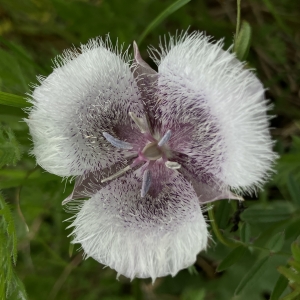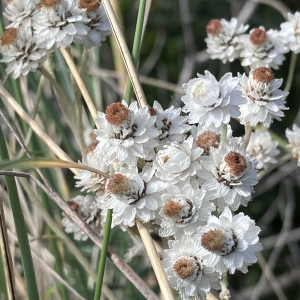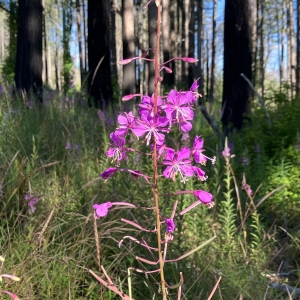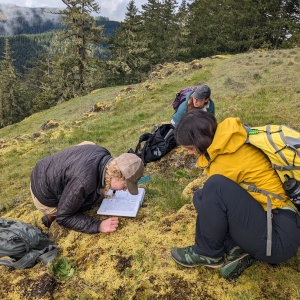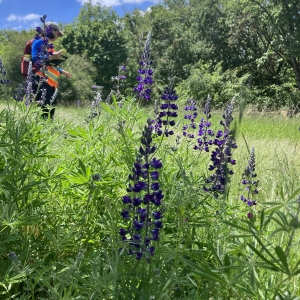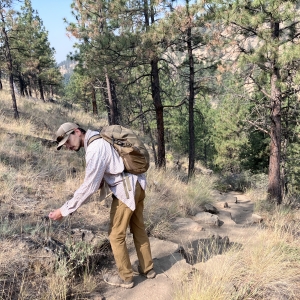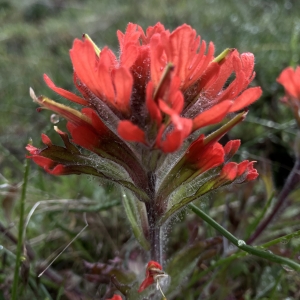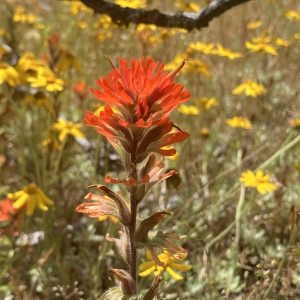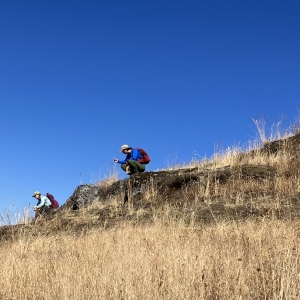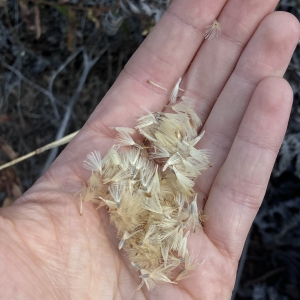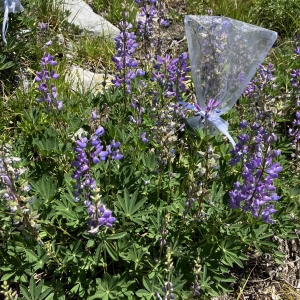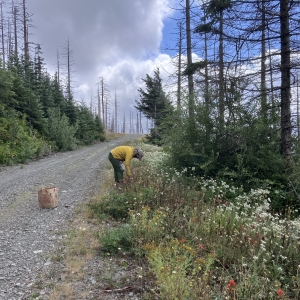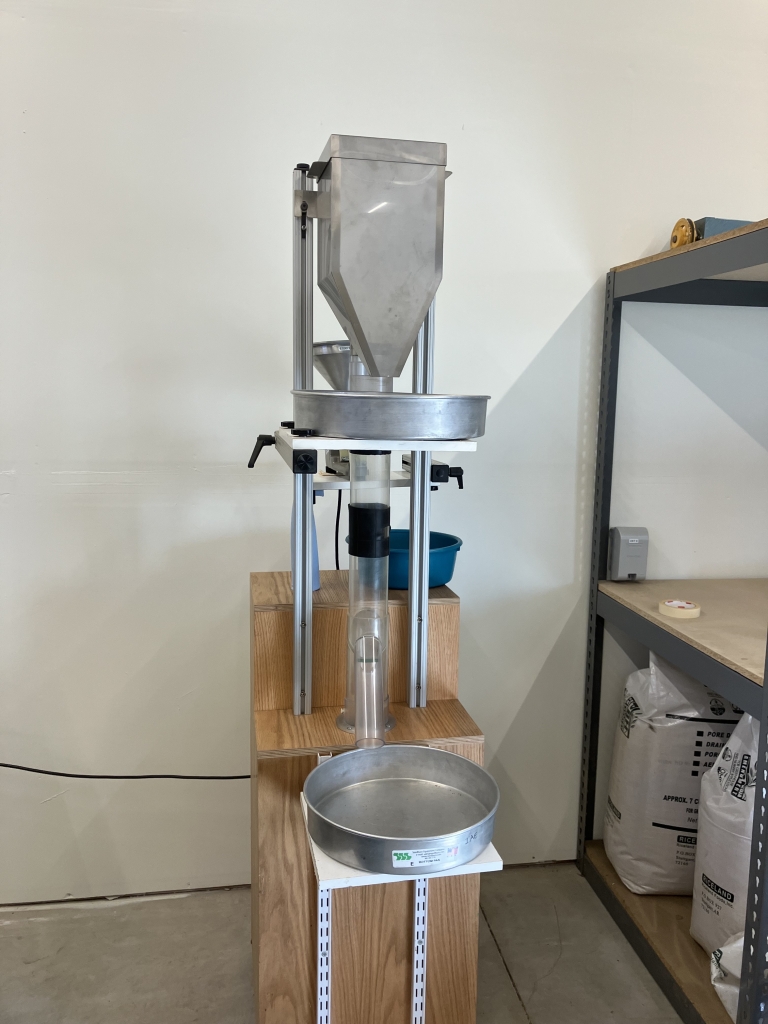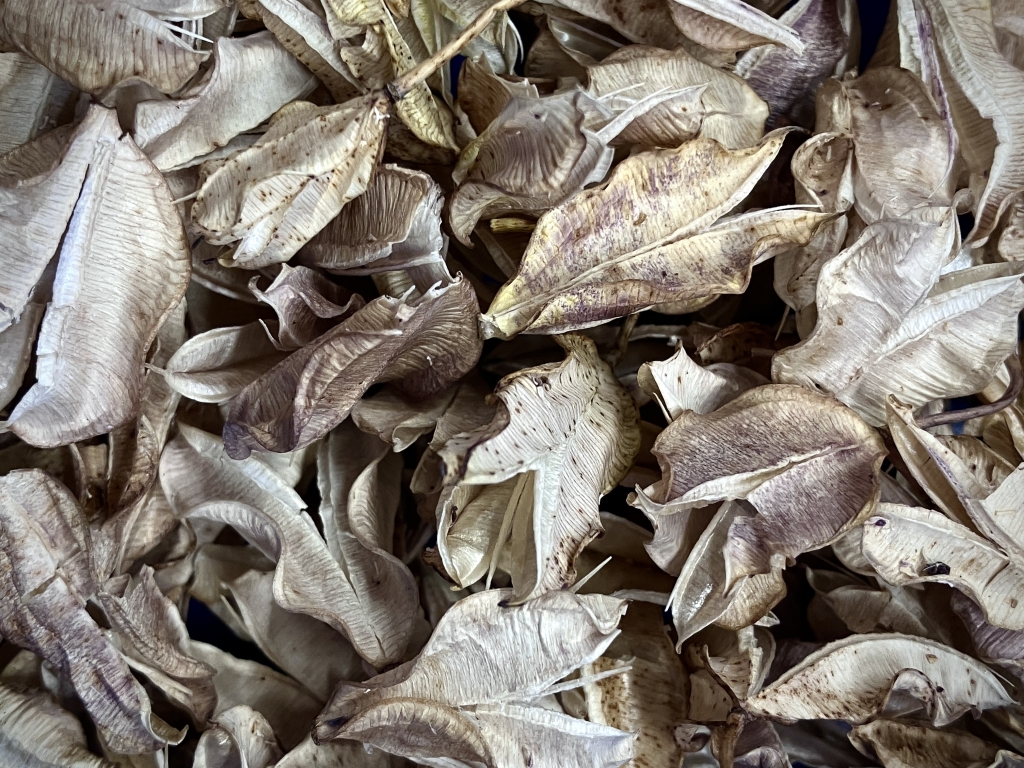by Lauren Berger and Jake Picardat, February 2025
If you look into a seed collectors bag you’re likely to find: a handful of paper lunch bags, masking tape, sharpies, a local dichotomous key, hand lenses, and small blades for making precision cuts. From summer into fall, these tools will be used in identifying, dissecting, and eventually collecting seeds.
Since 2012, the Institute for Applied Ecology has housed a seed collection crew operating with the specific goal of collecting wild seed from native plants across Oregon. Year after year, our seed collection efforts continue to grow in range and focal species list. In 2024, crews based out of our Northwest office scouted for plants in 14 separate counties throughout the state. This widespread effort resulted in 90 separate collections from 58 species. These collections are fundamentally important to growing and banking the wild seed seed necessary for restoration and conservation efforts across the Pacific Northwest.
But what goes into the process of wild seed collection? The scope of our work has allowed our seed collection teams to gain pertinent insights into the fundamental principles that lead to successful collection outcomes. With the National Native Seed Conference taking place in Tucson this month, we wanted to take the time and opportunity to help demystify the seed collection process.
Determining the Whos, Whats, and Wheres of Wild Seed Collection in Oregon
1. Focal species selection
Before collection efforts begin, the seed collection team coordinates with restoration ecologists, seed growers, land managers, and federal and state agencies to determine which species are appropriate for restoration goals and conservation needs.
2. Scouting Points
Once a target list is created, collectors must determine species occurrence. Multiple methods exist for properly determining scouting points. Collectors work to build relationships with land trusts, federal, state, and tribal agencies, and private landowners. Utilization of local databases like Oregon Flora, citizen science websites like iNaturalist, and local botanists offer valuable leads.
3. Land Permissions
Seed collectors at IAE must obtain appropriate permissions prior to any scouting. Government entities, local organizations and private landowners are considered in the permitting process. Collectors record all activities that were conducted at sites and focus on building resilient and purposeful partnerships at collection sites.
